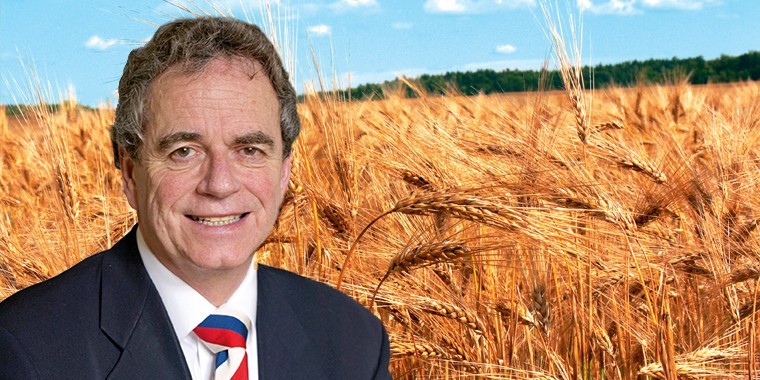We are now in the new Chinese year of the Rat! Looking at the comments made after the signing of the first phase of the new USA/Chinese deal, this seems appropriate! You see the USA are now saying there will be no change in tariffs, until phase 2 is signed. The catch being President Trump says phase 2 will not be signed until after his election in November this year! That pre-supposes he will be re-elected, and is not impeached in the meantime! So it was no surprise that the Chicago, French and UK futures went quickly into reverse on 9/10 January. Really the whole world trade had been taking it for granted that this trade deal was ‘already done’ China are now saying any new purchases will be on a “commercial basis” only. Also China are not restricting the import of South American soya either. There are no fixed tonnages, or timelines for Chinese imports but if it works at all it will support the market.
Closer to home, the French ‘general strike’ is restricting grain exports so the UK could pick up some extra business in the short term. We don’t want that demand to be switched to a non EU supplier. Even with recent price rises we are close to being competitive for wheat sales to Spain.
Recently the stronger sterling/euro exchange (down to 84.50) has hindered sales to the EU. The dollar exchange rate has been less affected so we remain competitive on sales of barley to third countries like North Africa. Our malting barley exports have carried on through January and we have a full programme until the end of March. As we get into moving large on farm bulks of malting barley the major problem we are finding is with moistures being over 14.5%, and bugs. We have cases where barley was under 14.5% in October but with a lack of cold blowing nights over November/December moistures have now crept up to 16.0% plus. This higher moisture has attracted the bugs, this in turn has caused the barley to lose germination. Even where blowing with cold ambient air was possible, with large bulks of barley, the moisture is driven to the top few feet. Often this will form a crust preventing air from circulating and again the germs will suffocate. Where malting barley is being loaded straight over the side to a ship there is no time or facility to dry barley over 14.5%. So it needs re-sampling and if possible drying down to under 14.5% beforehand.
Of course the big debate is still around, how much winter wheat have we planted? What condition is it in? Will we plant anymore? This leads on to the speculation about the possible size of the 2020 wheat harvest. Some are forecasting very low figures of 8 to 9 million tonnes. Others think 10 to 12 million tonnes. The UK needs about 14 million tonnes of wheat to subsist so if these lower estimates are right we will have a lot of wheat or maize to import to make up the new crop deficit
That brings me back to my theme, about the minimum import price for wheat being the ceiling for UK wheat on new crop and old crop for that matter. The imported value changes more with currency than anything else. For some time now new crop Oct/Nov 2020 wheat, has been between £163 and £165 landed at a UK port. So if you are bid about £8 (nominal haulage) less then it is still worth selling a percentage of what has emerged ok. Yes, there are some similar planting issues in Northern Europe, and the Baltic states but no big weather story in the world – not even Australia – so the UK is on its own on this. Oilseeds; the UK and EU still have to import a sizeable amount of canola to keep up with crush demand. The Ukraine could still play a part in this but they have already sold most of their surplus but Canada won’t, because of genetically modified seeds. Argentina bio diesel has been imported into the EU but apart from sterling suddenly strengthening I cannot see why the oilseed rape price should weaken.
So, we still have the £9 inverse between old crop May and new crop November wheat futures: it cannot last, but when and why will it change? Barley at about £120 looks cheap whether old or new crop and most of it is not planted, that does not look like a sell yet. Our old crop has benefited from some unusual events – Brexit, plantings, French strike. We have seen wheat prices rise £30 since Sept so we must not be too greedy on old crop. The new crop price will be determined by how cheaply wheat and maize can be imported into the UK, not by how much you plant.




